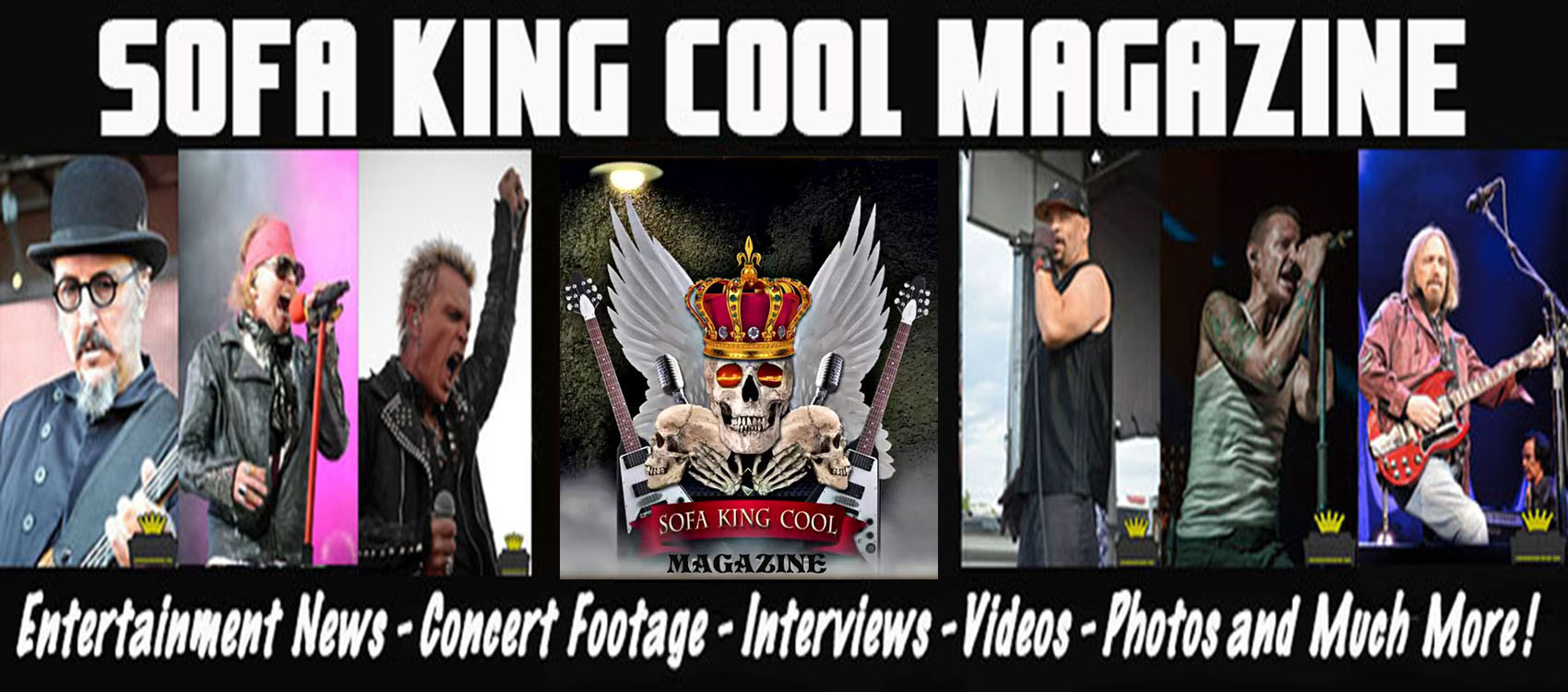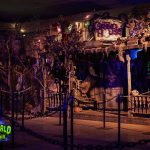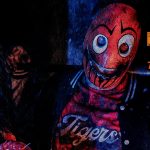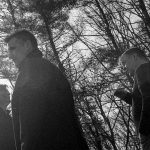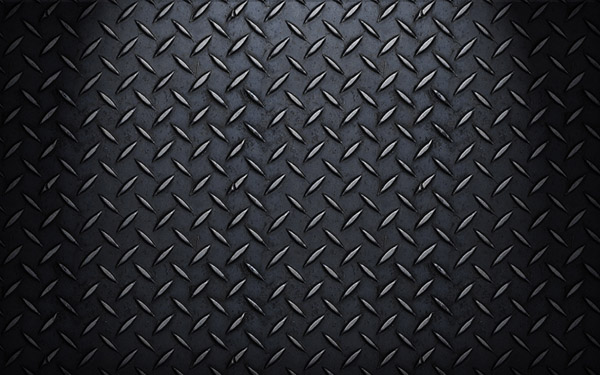Dallas Taylor dies at 66; drummer for Crosby, Stills, Nash & Young
allas Taylor liked to say that he made his first million — and his last million — by the time he was 21.
The rock drummer was a key sideman for Crosby, Stills, Nash & Young. He played at Woodstock, appeared on seven top-selling albums and bought three Ferraris. He also stabbed himself in the stomach with a butcher knife and drank so heavily that he required a liver transplant in 1990, five years after becoming sober.
Taylor, who went on to become an addiction counselor specializing in interventions and in reuniting alcoholics and addicts with their families, died Sunday in a Los Angeles hospital. He was 66.
He had been in failing health for some time, his wife, Patti McGovern-Taylor, said.
McGovern-Taylor gave her ailing husband one of her kidneys in 2007.
Taylor’s health forced him to largely exit the music business following his liver transplant. But he continued to treat musicians and other celebrities with addiction problems. In a 1994 Times essay, he wrote about Kurt Cobain, the 27-year-old lead singer of the rock band Nirvana who killed himself in his Seattle home after checking out of a drug rehab facility.
“I understand what it is like to be an angry, depressed addict who needs so badly to be liked that he gets on stage and sweats and bleeds and hopes that people will somehow connect,” he wrote.
“But as addicts whose only real happiness is being high — whether it’s on dope or music, writing, acting or painting — success becomes our worst enemy. When self-hatred runs so deep, it is never alleviated by fame or wealth.”
Dallas Woodrow Taylor Jr. was born in Denver on April 7, 1948, and raised in San Antonio. He was the son of a stunt pilot. When he was 4, he told People magazine, his parents’ divorce gave him ulcers, which his mother treated with a preparation containing opium.
When he was about 10, he saw the “The Gene Krupa Story,” a screen biography of the jazz drummer, and his course in life was set. He dropped out of high school at 16 and headed for Hollywood, where he tasted success with the rock band Clear Light.
“It was the Grateful Dead of the L.A. psychedelic rock scene,” said Lee Houskeeper, a San Francisco publicist who was officially named Clear Light’s “seer and overseer” — their road manager — by Elektra Records.
In the late 1960s, Taylor met David Crosby, Stephen Stills and Graham Nash, joining them on their first album, “Crosby, Stills and Nash.” He also performed with them when they added Neil Young and belatedly showed up at Woodstock.
“It took cajoling,” Houskeeper said, “but they finally came.”
At a time when excessive drug use was common in the music industry, Taylor’s habit stood out. He was fired from Crosby, Stills, Nash & Young after their 1970 album, “Déjà Vu.” Keith Moon, the notoriously self-destructive drummer for the Who, warned Taylor about the price he ultimately would have to pay.
“Keith was always rock’s No. 1 bad boy — he invented the whole thing with trashing hotel rooms,” Taylor told The Times in 1990. “But I remember him telling me, ‘Dallas, you do too much drugs.'”
Taylor was diagnosed with terminal liver disease in 1989. His friends in music held a benefit concert in 1990 to help fund his transplant.
1 19 16
